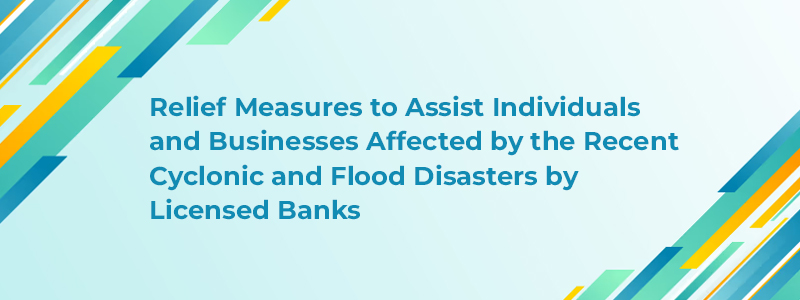The “Economic and Social Statistics of Sri Lanka – 2019” an annual publication of the Central Bank of Sri Lanka, is now available for public access.
This publication contains economic and social indicators of Sri Lanka in the areas of national accounts, agriculture, industry, external trade and finance, government finance, banking and financial institutions, money and capital markets, prices and wages, population and labour force, transportation, education, health, telecommunication services, climate and selected information on economic and social indicators of other countries.
The statistics in this publication have been presented in time series / cross sectional basis to serve the diverse needs of users, such as entrepreneurs, policy makers, researchers, teachers, students and the general public.

















